Posted Sep 17, 2021 by Martin Armstrong
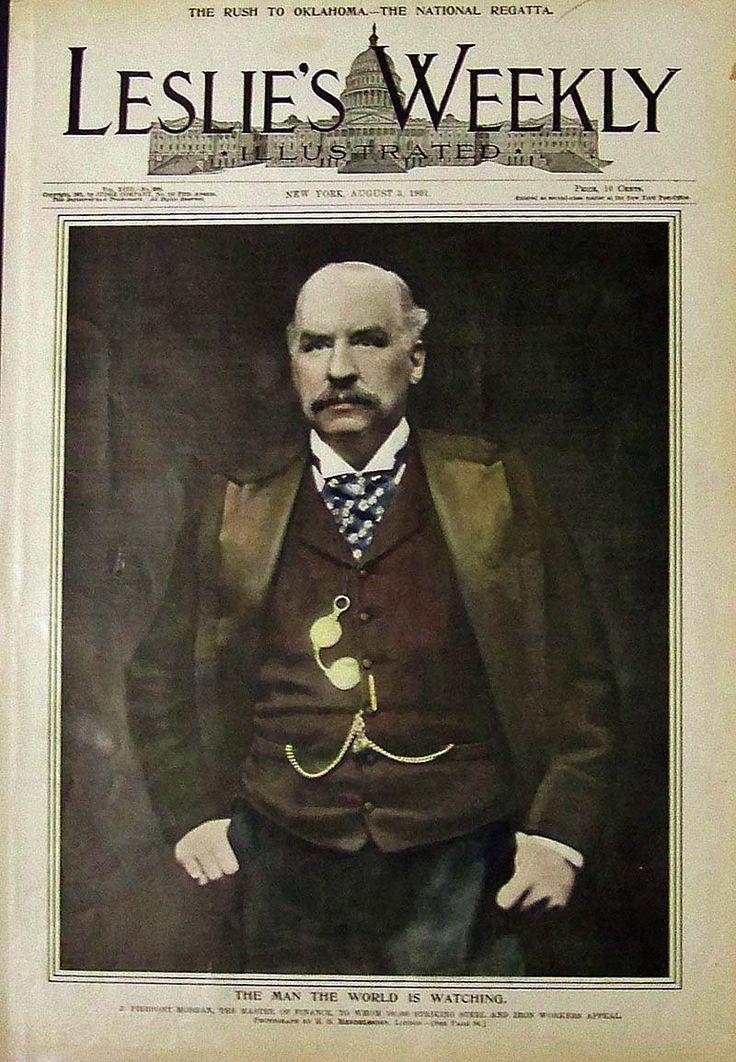 With all the conspiracy theories that somehow the bankers are the real culprits in creating excess money supply, there has been an evolution in central banks that has finally crossed the line since 2019. The Federal Reserve was, once upon a time, responsible. The Fed was originally designed as an authority to create money, which was an elastic money supply. That made perfect sense when the Fed was designed in 1913.
With all the conspiracy theories that somehow the bankers are the real culprits in creating excess money supply, there has been an evolution in central banks that has finally crossed the line since 2019. The Federal Reserve was, once upon a time, responsible. The Fed was originally designed as an authority to create money, which was an elastic money supply. That made perfect sense when the Fed was designed in 1913.
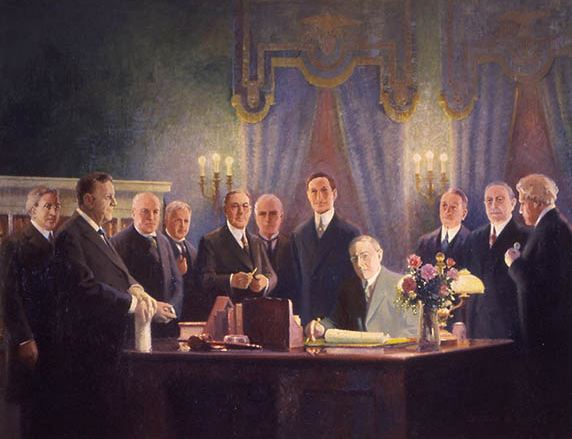 Yes, the bankers owned the shares BECAUSE the Fed was actually designed to do what JP Morgan did in herding the bankers together to save the day during the Panic of 1907. Morgan convinced the bankers that if they did not chip in money to bail out the troubled banks, panic would unfold, and ALL the banks would be hit as a contagion. They listened and joined his effort to stem the Panic of 1907. The design of the Fed was to recreate what JP Morgan put together. The shareholders were the bankers because it was a bail-out fund for the bankers, and TAXPAYER money should not be used to bail out the bankers.
Yes, the bankers owned the shares BECAUSE the Fed was actually designed to do what JP Morgan did in herding the bankers together to save the day during the Panic of 1907. Morgan convinced the bankers that if they did not chip in money to bail out the troubled banks, panic would unfold, and ALL the banks would be hit as a contagion. They listened and joined his effort to stem the Panic of 1907. The design of the Fed was to recreate what JP Morgan put together. The shareholders were the bankers because it was a bail-out fund for the bankers, and TAXPAYER money should not be used to bail out the bankers.
Democrat President Woodrow Wilson signed the 1913 Act, creating the Federal Reserve as well as the income tax. Wilson signed the Revenue Act of 1913, which lowered average tariff rates from 40 percent to 26 percent. It also established a one percent tax on income above $3,000 per year; the tax affected approximately three percent of the population. The Federal Reserve, as designed, was independent, and thus there was the Fed policy v fiscal policy set by Congress.
The elastic money was a brilliant idea where the Fed would buy-in corporate paper to provide lending of the last resort when the bankers could not lend due to the hoarding of cash in a crisis. The corporate paper was typically 90 days. When World War I came, Congress ordered the Fed to buy its paper because they would need to issue a lot of debt. They never returned the Fed to its original design to “stimulate” the economy by directly purchasing corporate paper to prevent companies from laying off employees. Therefore, the structural alteration of the Federal Reserve for World War I transformed the theory of Quantitative Easing into an INDIRECT stimulus rather than DIRECT. When the Fed bought only corporate paper, it directly stimulated the economy. When it was instructed only to buy only government paper, which the government NEVER pays off, any idea of the stimulus was wiped out, for at best, it became INDIRECT.
Then Roosevelt came, and he wanted to control everything. He seized the Federal Reserve and took the power of all the branches, and consolidated it into Washington. Section 203 of the Banking Act of 1935 changed the name of the “Federal Reserve Board” to the “Board of Governors of the Federal Reserve System.” Roosevelt’s Banking Act of 1935 also made major structural changes increasing the number of members of the Board appointed by the president from six to seven to ensure he now controlled the Fed. He created for himself the authority to designate one of the persons appointed as “chairman” of the Board and one as “vice-chairman” of the Board, each to serve in such role for a term of four years.
As I have explained in “Manipulating the World Economy,” there was a huge confrontation between the Federal Reserve and the White House. The Fed was directed during World War II to maintain par on US government bonds to fund the war. The Fed was ordered to engage in what we call Quantitative Easing. Then the Korean War came, and the Fed rebelled. They refused to continue to engage in Quantitative Easing. The Fed asserted its original independence over politics.
Politics began to creep back in during the Financial Crisis of 1998. The Federal Reserve then stepped in to bail out Long-Term Capital Management in 1998, a failed hedge fund, because if it did not, it would have taken down Goldman Sachs. So instead of allowing that, the Fed bailed out the hedge fund when they really had no authority to do so. That abuse of power led the Fed to then support the bankers who were engaged in manipulating markets to create guaranteed trades. The bankers warned if they failed, then the government would be broke for it was the bankers who bought the new debt and resold it.
Then the Financial Crisis of 2007-2009 took place when the bankers got AIG to guarantee their dodgy mortgage-backed securities. When that all collapsed, the Federal Reserve again bailed out AIG, an insurance company that was operating from London, instead of the US banks. They claimed they did not have the authority to bail out Bear Stearns and Lehman Brothers, which were competitors of Goldman Sachs and investment banks. But they apparently had the authority to bail out an insurance company in London, which again saved Goldman Sachs. I believe they deliberately let two of the 5 investment banks fail to help Goldman Sachs rise to the top.
Now, the automated clearinghouse (ACH) system is changing to allow direct deposits from non-banks – i.e. Big Tech in repayment for censorship. On December 23, 2019, the Board approved modifications to the Federal Reserve Banks’ National Settlement Service and Fedwire Funds Service to support enhancements to the same-day ACH service preparing for digital currencies. On September 25, 2020, the Board amended the implementation date for certain modifications. They are preparing for a digital currency, but this means two things.
By this Fed expansion, they are planning for the long-term for the elimination of public debt, in which case there will no longer be primary dealer banks, and hence no need to bail out the banks when they blow up on trading, assuming they will still be allowed to trade in the future.
Once the Fed moves to create its own digital currency, it is no longer the independent entity it was once supposed to be. Welcome to the new 21st century of a hybrid central bank, end of primary dealers, and the elimination of government debt. All for your security, so you do not revolt when the government system collapses.
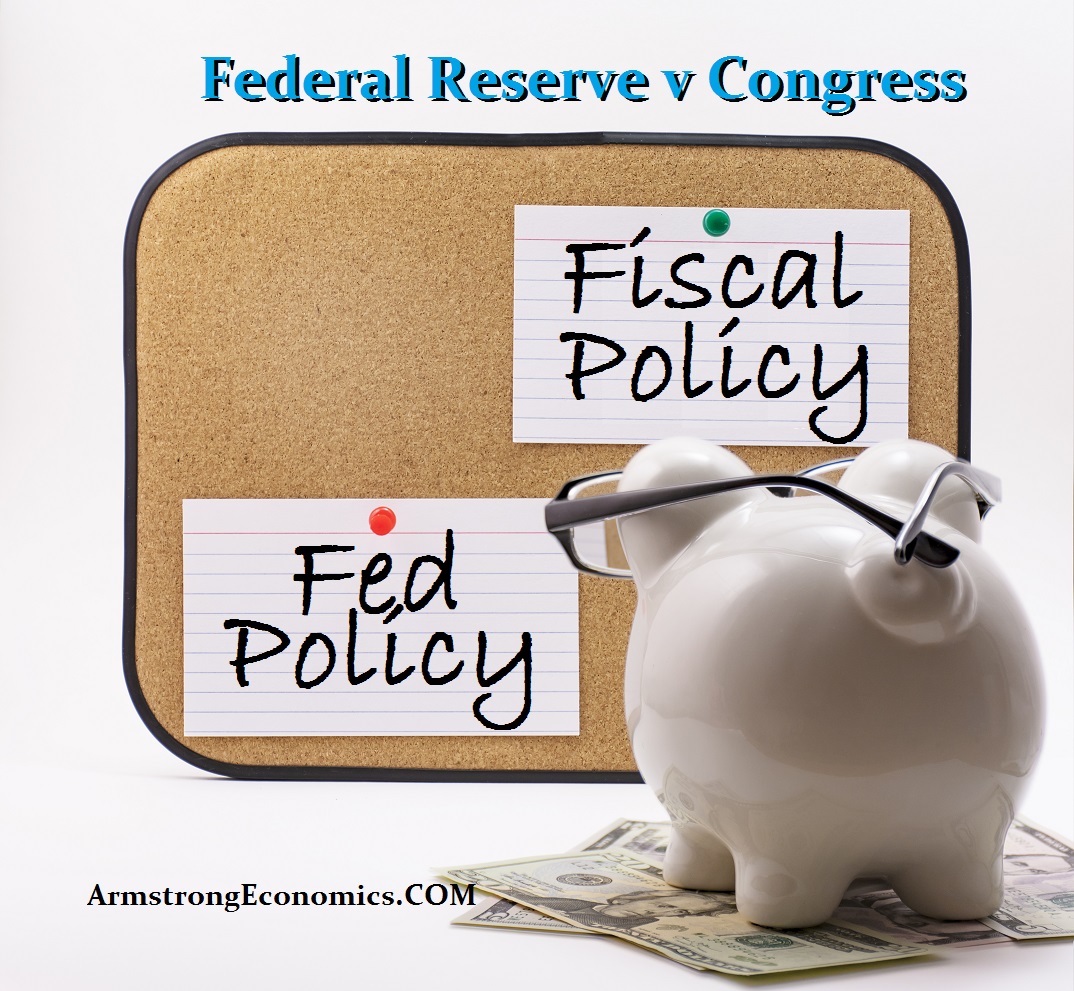
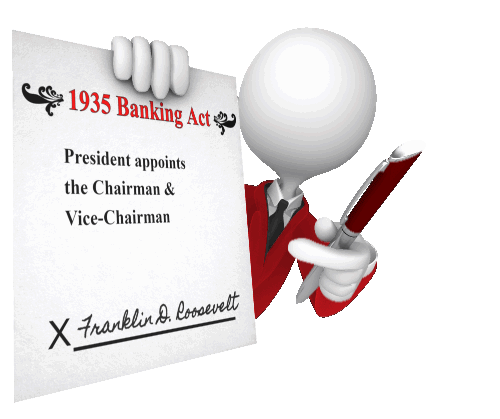
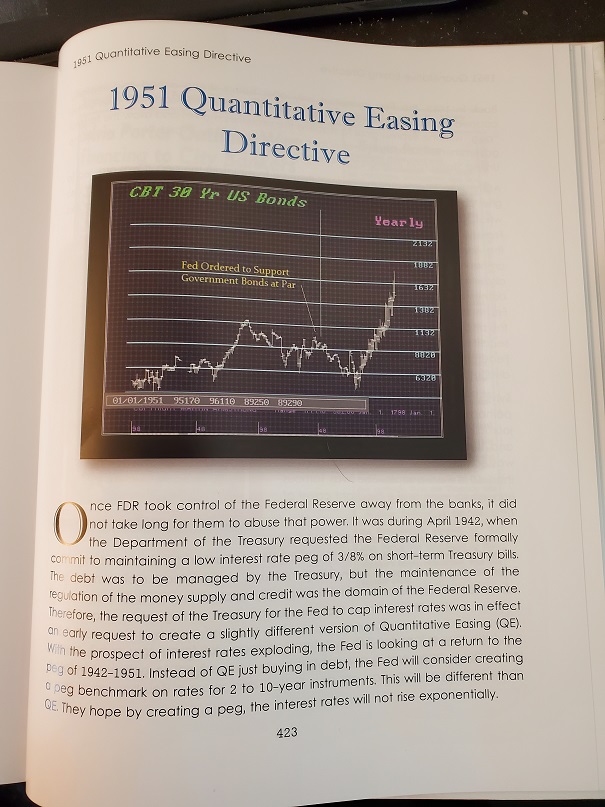
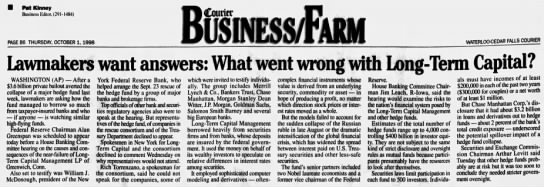

No comments:
Post a Comment